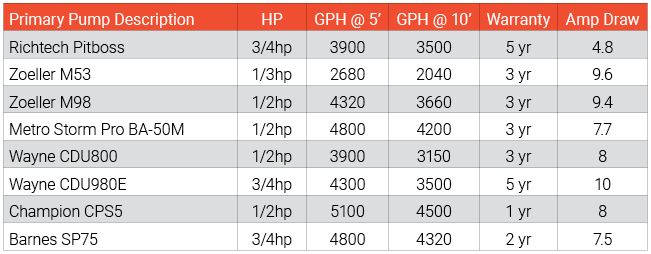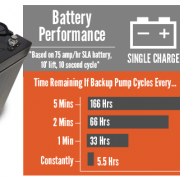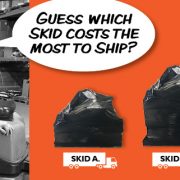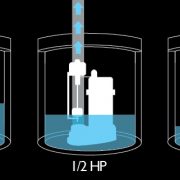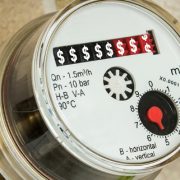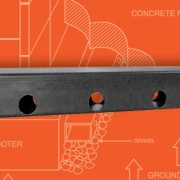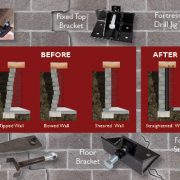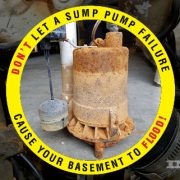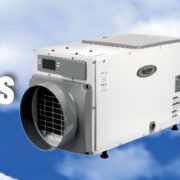The average electric bill for Americans is more than $111 per month. That number could go up (or down) in the future due to the efficiency of newer electric technology. For example, many people assume that a gas stove is more efficient and cooks faster than an electric stove. However, according to Consumer Reports, “Manufacturers of gas and electric ranges have been in a race for years to maximize the output of large burners, which you use to, say, boil a big pot of water for pasta. Which is faster? In general, electric, by a decent margin. Of the 59 electric smooth top ranges in our ratings, nearly 65 percent earn a score of excellent for our high heat cooking test. Only 44 percent of the gas ranges we tested can make that claim.”
So how could the average electric bill rise if these devices are becoming more efficient? It’s simple—more devices in more homes will run on electricity instead of gas, causing more electricity usage.
Another example could be your sump pump. Today’s sump pumps are not very energy efficient. Many people don’t know how often their pump runs and how it affects their electric bill. There are also those who don’t even know they have a pump working to keep their basement dry. Yikes!
Take a look at the chart below showing different levels of amp draw for some of the top pumps in America. You may be spending unnecessary money on your electric bill. Want to know for sure how much yours is running? Check out PumpSpy. The only system that monitors the health of your primary pump, details how many amps it’s pulling and alerts you if there is ever an issue.
Is your pumping system using newer electric technology? The amp draw will tell you the truth!
Source 1: https://www.consumerreports.org/ranges/gas-or-electric-range-which-is-better/
Source 2: https://www.eia.gov/electricity/sales_revenue_price/pdf/table5_a.pdf


